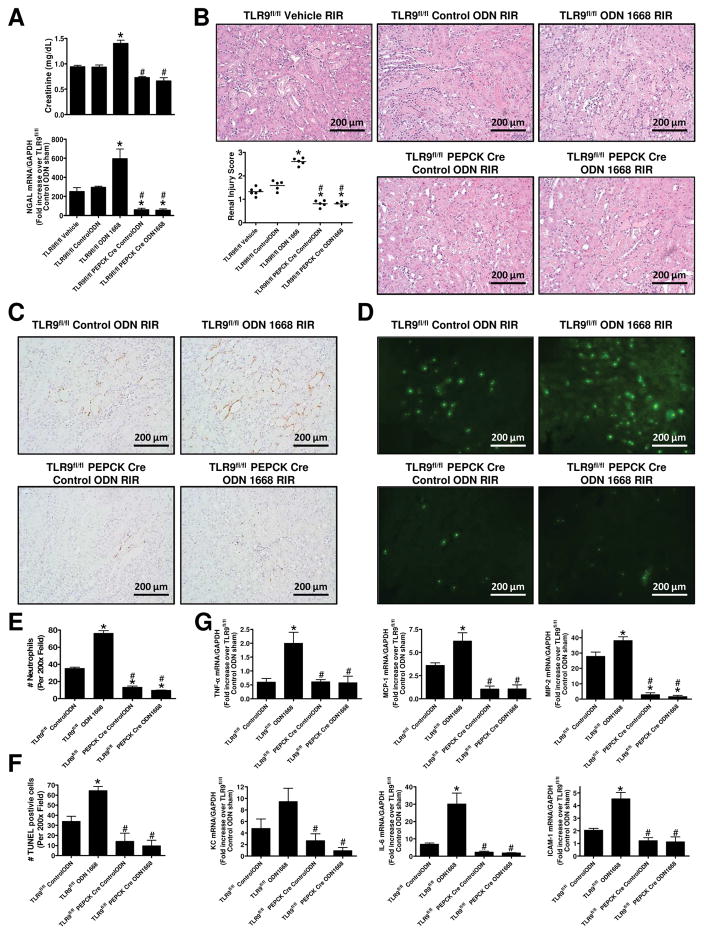Figure 8. Renal proximal tubular TLR9 activation exacerbates ischemic AKI.
TLR9fl/fl mice or renal proximal tubular TLR9 null mice were pretreated with saline (vehicle), control oligonucleotide (control-ODN) or with 1 mg/kg ODN-1668 (a selective TLR9 agonist) and subjected to 20 min renal ischemia and 24 hr reperfusion (IR). A) TLR9fl/fl mice subjected to 20 min. renal IR after ODN-1668 treatment had significantly increased plasma creatinine as well as kidney NGAL mRNA compared to control ODN-treated mice (N=5–6). In contrast, not only mice lacking renal proximal tubular TLR9 had reduced renal injury after 20 min renal IR, ODN-1668 treatment failed to exacerbate ischemic AKI in these mice (N=5–6). B) Representative H&E images (magnification 200X) and scatter plot renal injury scores (N=5–6). Representative images of immunohistochemistry for neutrophils (C, 200X) and counts of infiltrating kidney neutrophils (E) (N=5–6). Representative images TUNEL staining (D, 200X) and counts of TUNEL positive kidney cells (F) (N=5–6). G) Quantitative RT-PCR measured the expression of pro-inflammatory cytokine and chemokine mRNAs in the kidney [KC, MCP-1, MIP-2, TNF-α, IL-6 and ICAM-1] Fold increases in pro-inflammatory mRNAs normalized to GAPDH from quantitative RT-PCR reactions of control ODN-treated sham-operated mice for each indicated mRNA (N=5–6) are shown. For statistical analysis, the one-way ANOVA plus Tukey’s post hoc multiple comparison test were used to detect significant changes. *P < 0.05 vs. control ODN-treated TLR9fl/fl mice subjected to renal IR injury. #P < 0.05 vs. ODN-1668-treated TLR9fl/fl mice subjected to renal IR injury. Error bars represent 1 SEM.

